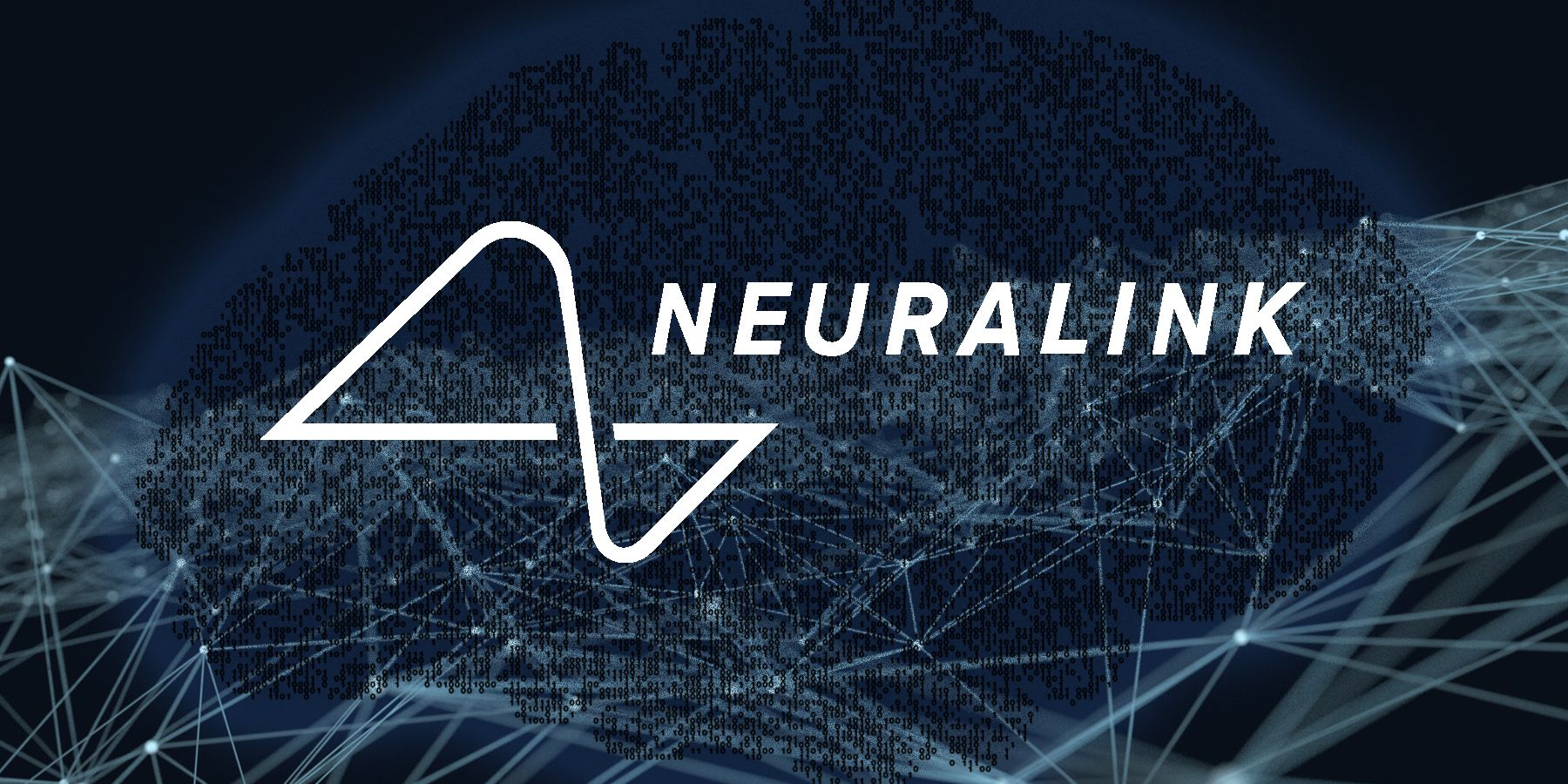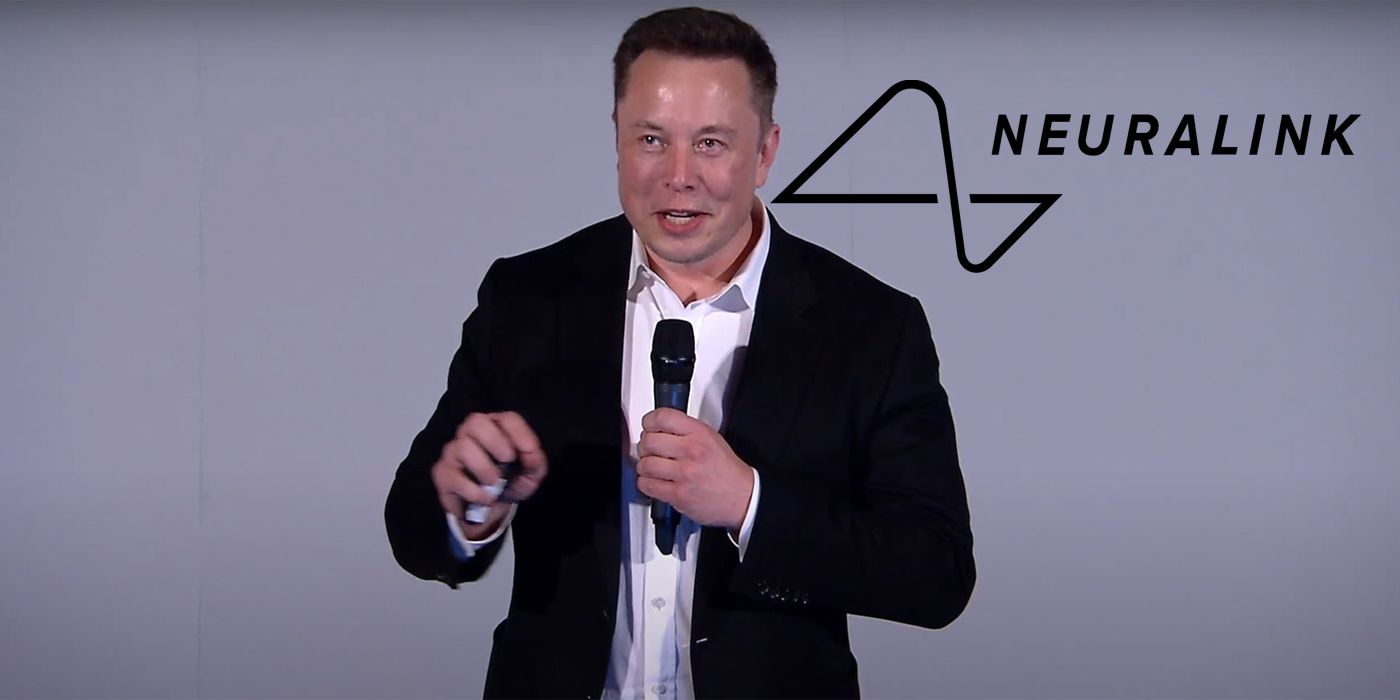Tech Guru and Tesla CEO Elon Musk just announced that Neuralink will be hosting a live webcast this week to demonstrate its brain machine interface technology. This will be the first real glimpse the public will have into Neuralink's progress in combining AI with the human brain, making it an event worth tuning in for.
Neuralink was originally founded in 2016 by Elon Musk, but not unveiled to the public until 2017. Since then, the company has hired nearly 100 employees, including several of the top neuroscientists from various universities. While the company has shared that its short term goal is to create technologies that help people with brain diseases, the long-term focus of Neuralink is to achieve a level of synergy between humans and artificial intelligence by placing electrodes in the human brain.
In a Tweet, Musk confirmed the demonstration webcast is currently scheduled for Friday at 3PM PDT. Musk also described Friday's demonstration as a webcast of a 'working' Neuralink device. To what extent the device works and what abilities it can accomplish is still a mystery, but the prospect of a working prototype, large or small, is exciting news. The video posted with Musk's Tweet keeps things broad although it offers more of a docket to what viewers can expect Friday. It mentions a live neural-activity demonstration as well an an update to the status of human trials in 2020. Considering the short video already has over 1.2 million views, many fans of Musk and Neuralink have probably began to speculate, but they likely won't know more until Friday.
What Will A Neural-Activity Demo Entail?
According to a previous Tweet by Musk, Neuralink will show neurons firing in real time. If that is true, and showcased during the upcoming demo, it will be a sight to behold as cells in the human body transmit information to nerves. Musk had previously mentioned the possibility of advancing current neuroprosthetics by linking them with Neuralink's brain implants. If that were possible, those prosthetics might be able interpret brain signals like neurons at lightning fast speeds, making artificial limbs move and feel more real. Another element of this technology on people's minds, is the tech itself, and how it is installed. Musk had previously mentioned the goal of avoiding serious surgical procedures for insertion, and hoped that a more simpler implant through an artery would work.
Many of these questions could be answered later this week. For now, fans of Neuralink or even just science fiction will have to keep a close eye on Musk's Twitter to see if any more details are revealed before then. Regardless of whether that happens, Friday's demonstration will be one to watch. Not only to see how far this potential humankind-altering technology has come in four years, but to also gauge what it could mean for the future of the human brain's potential.
Source: Elon Musk/Twitter


